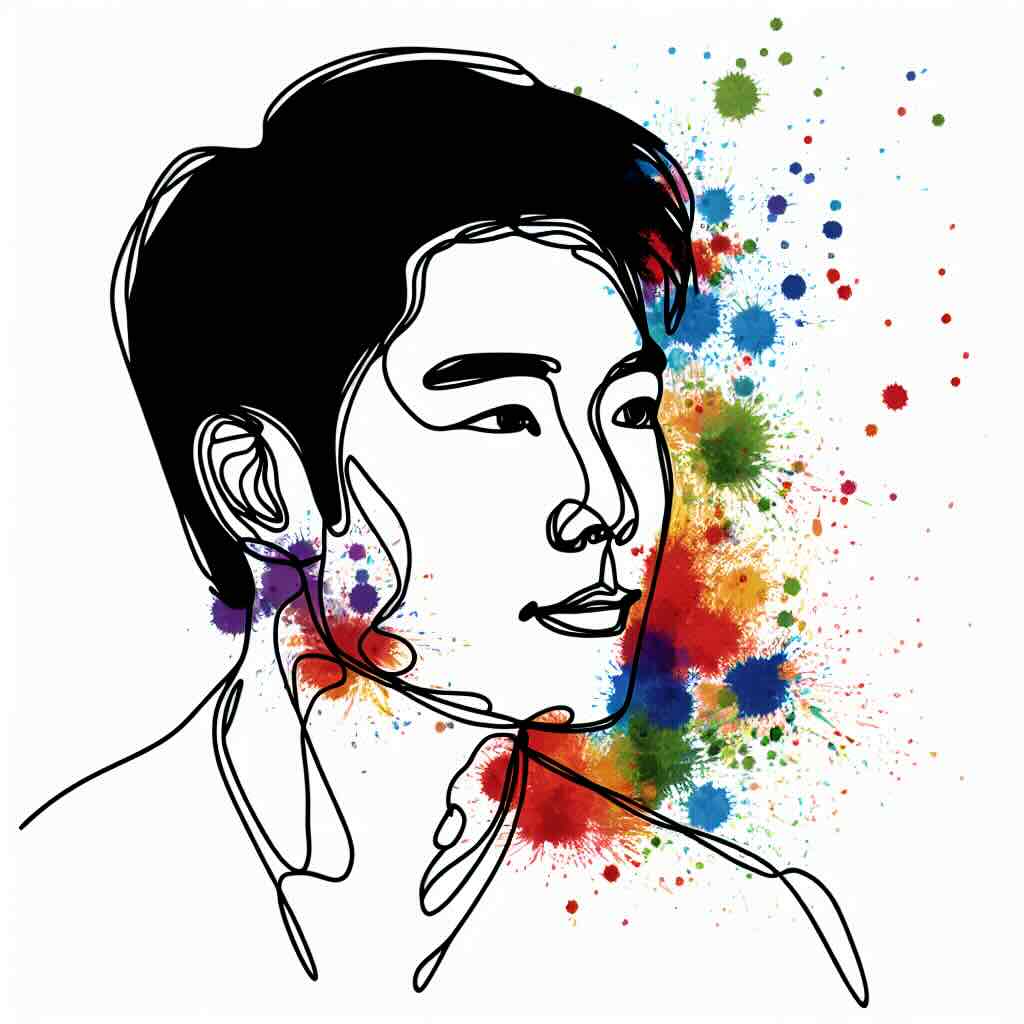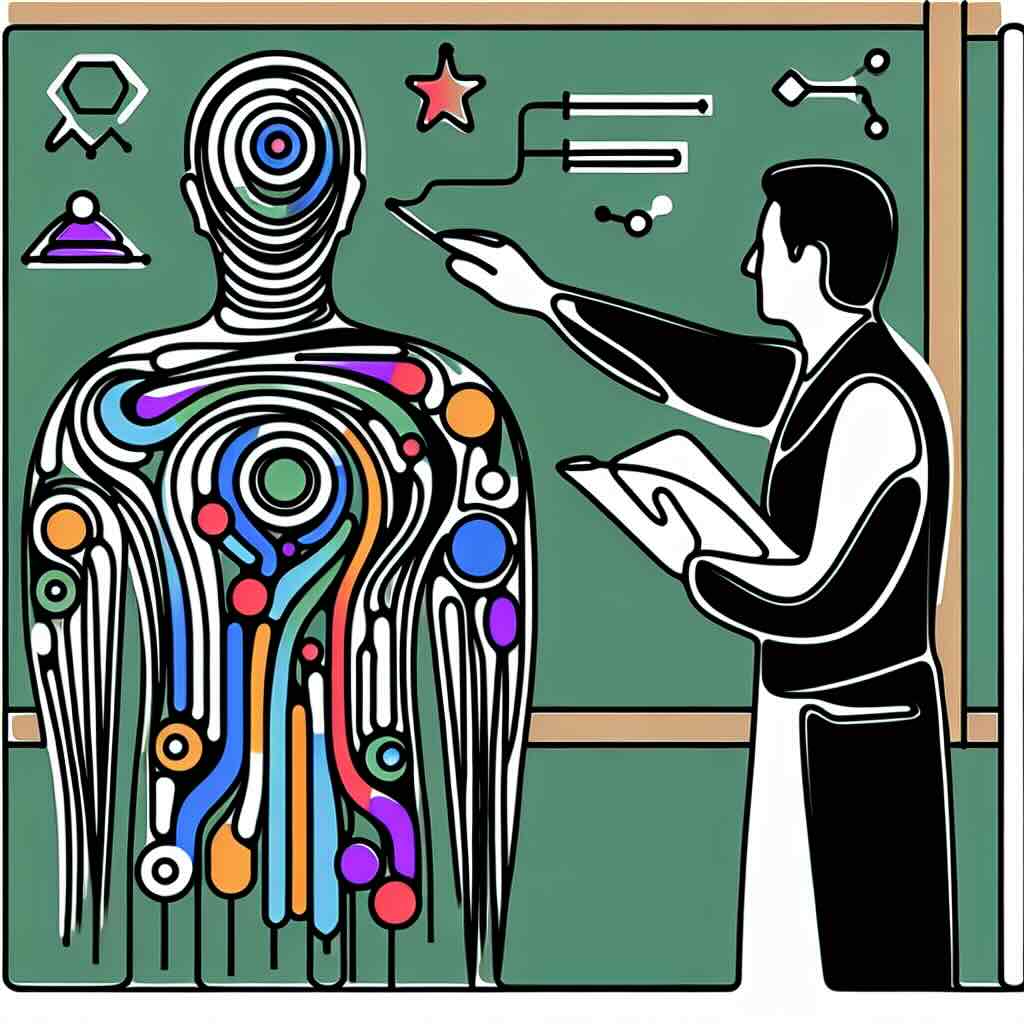Inclusive learning design ensures all learners can equally participate in a shared learning experience
Creating effective learning experiences for a diverse audience is at the core of every successful instructional designer's toolkit. This post will delve into inclusive approaches to instructional design, ensuring that all learners, regardless of their abilities, can benefit from well-structured educational content.
Table of Contents
1. Introduction to Inclusive Instructional Design
2. Benefits of Inclusive Design
3. Strategies for Inclusive Instructional Design
4. Implementing Universal Design for Learning (UDL)
5. Practical Tips for Content Accessibility
6. Benefits
7. Risks
8. One Thing You Can Try Today
9. Conclusion
10. Call to Action
11. Related Topics
Introduction to Inclusive Instructional Design
Inclusive instructional design ensures educational content is accessible to all learners, including those with disabilities. The goal is to provide multiple ways to engage, comprehend, and demonstrate understanding. This inclusivity extends beyond mere compliance with legal requirements to embrace a broader cultural shift towards equity. Digital learning developers should emphasise inclusivity by applying universal design principles, ensuring that educational materials are reachable for a diversity of learners.
Benefits of Inclusive Design
Embracing inclusive instructional design enhances the learning environment for everyone. Firstly, it promotes equity by removing barriers that prevent learners with disabilities from thriving. Inclusive design principles, like flexible learning methods and accessible materials, can aid various learning objectives comprehensively. Secondly, inclusivity fosters a sense of community and belonging among learners, contributing to a more engaged and motivated cohort. Lastly, organisations that prioritise inclusive design often experience increased satisfaction and retention rates.
Strategies for Inclusive Instructional Design
Several strategies can guide instructional designers toward inclusivity. Start by employing multiple means of engagement, representation, and expression—an approach foundational to the Universal Design for Learning (UDL) framework. For example, content should be available in multiple formats, from videos with captions to interactive simulations. Furthermore, encouraging collaboration and community-based activities can help foster a sense of belonging. Integrating assistive technologies, such as screen readers or alternative input devices, is also essential. Always consider consistent feedback loops to adapt and improve your design approaches.
Implementing Universal Design for Learning (UDL)
Universal Design for Learning (UDL) is a robust framework to ensure inclusivity in instructional design. It advocates for flexible learning environments accommodating diverse learning needs. Implementing UDL involves three primary principles: providing multiple means of engagement (the "why" of learning), multiple means of representation (the "what" of learning), and multiple means of action and expression (the "how" of learning). Using varied methods to present information can help all learners understand the topic.
Practical Tips for Content Accessibility
Content accessibility is a critical aspect of inclusive instructional design. Start by ensuring that all video content has captions and transcripts available. Use alt text for images to ensure that screen readers can describe visual content. Choose color palettes with sufficient contrast and avoid relying on color alone to convey meaning. Adopt standard compliant HTML to improve accessibility for all assistive technologies; WAI-ARIA (Web Accessibility Initiative – Accessible Rich Internet Applications) roles are particularly useful. Additionally, regular accessibility audits can identify areas needing improvement.
Benefits
The benefits of inclusive instructional design are substantial. It democratizes education by ensuring everyone has an equal opportunity to learn. Inclusivity enhances learner satisfaction, leading to higher engagement and retention rates. Often, thinking inclusively can inspire overall improvements in instructional quality, benefiting all learners. Instructors also experience the gratification of knowing their content reaches everyone, instilling broader educational equity.
Risks
Ignoring inclusivity can alienate a significant portion of your audience. Learners may feel marginalized, potentially leading to disengagement or higher dropout rates. Moreover, many regions have legal frameworks mandating accessibility; failing to comply can result in legal consequences and damage to an institution's reputation. Equally important, non-inclusive design stifles the potential for diverse perspectives, negatively impacting collaboration and broader educational outcomes.
One Thing You Can Try Today
Here’s an exercise to boost inclusivity: review one of your current lessons. Identify multimedia content within it, and provide an alternative format for each type. For videos, add captions. Convert text-heavy content to interactive activities or infographics. Reflect on how these additions can benefit different learners, and be prepared to implement similar strategies going forward.
Conclusion
Designing for all learners is essential for creating equitable, effective educational experiences. Inclusive instructional design not only meets legal requirements but enriches the learning environment. By adopting inclusive practices, you ensure that all students, regardless of their abilities, have equal opportunities to succeed.
Try it yourself
1. Review your current instructional design projects for inclusivity gaps.
2. Implement at least one inclusive design principle in your upcoming projects.
3. Share your findings with colleagues to promote best practices.
Related Topics
1. Universal Design for Learning (UDL)
2. Accessible E-Learning Practices
3. Assistive Technology in Education
4. Digital Inclusion in Online Learning
5. Equity in Education Technology







